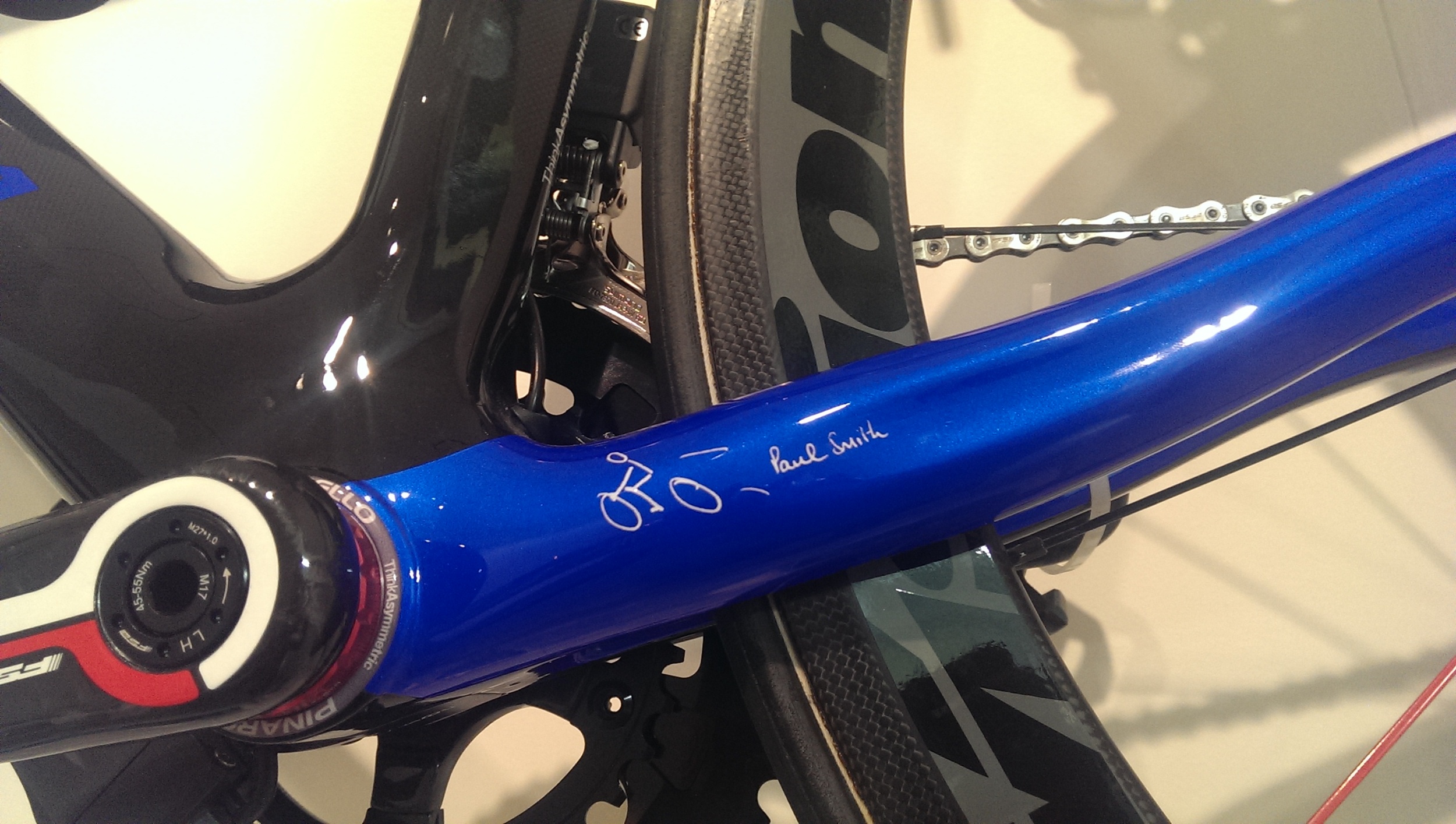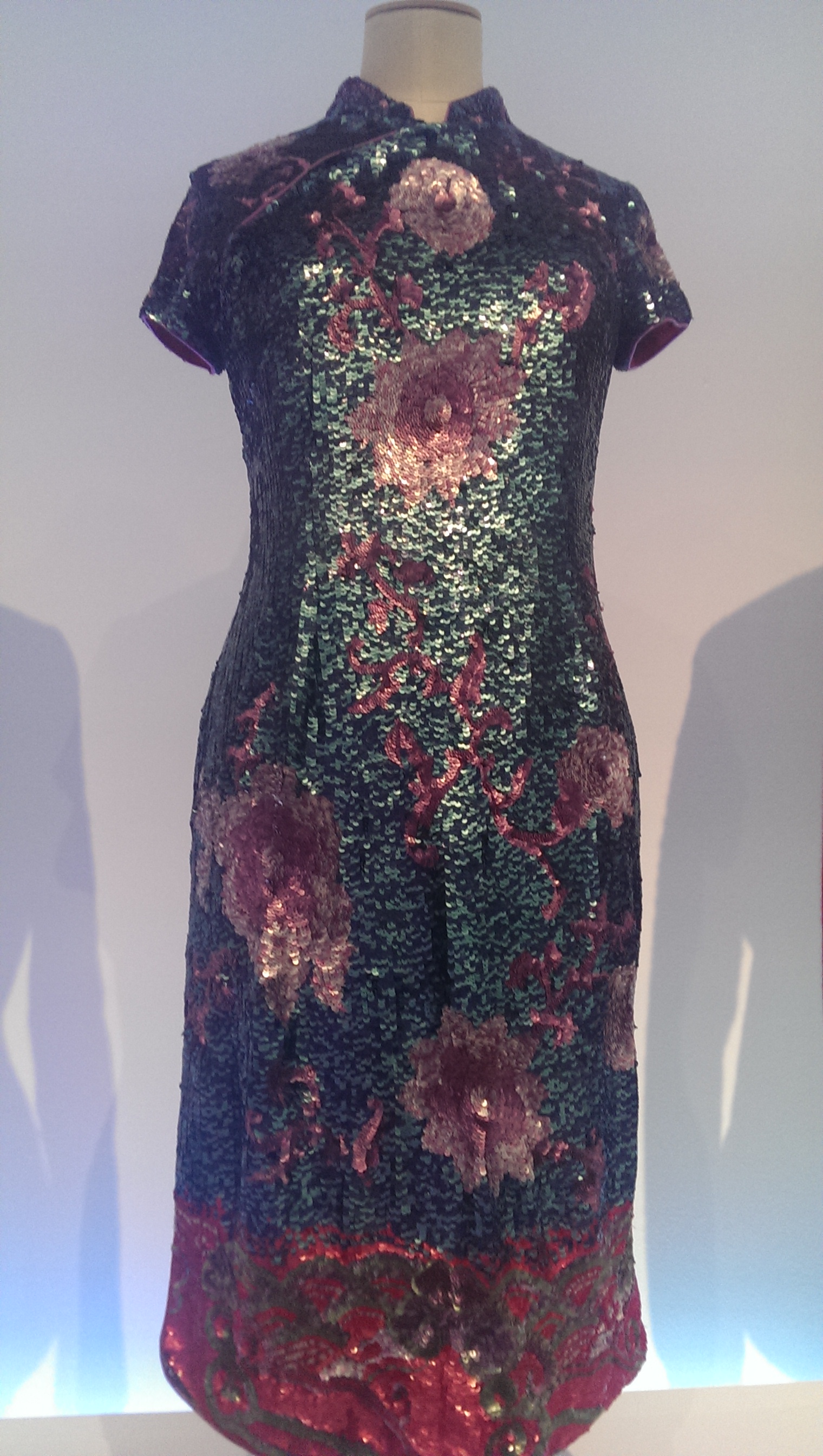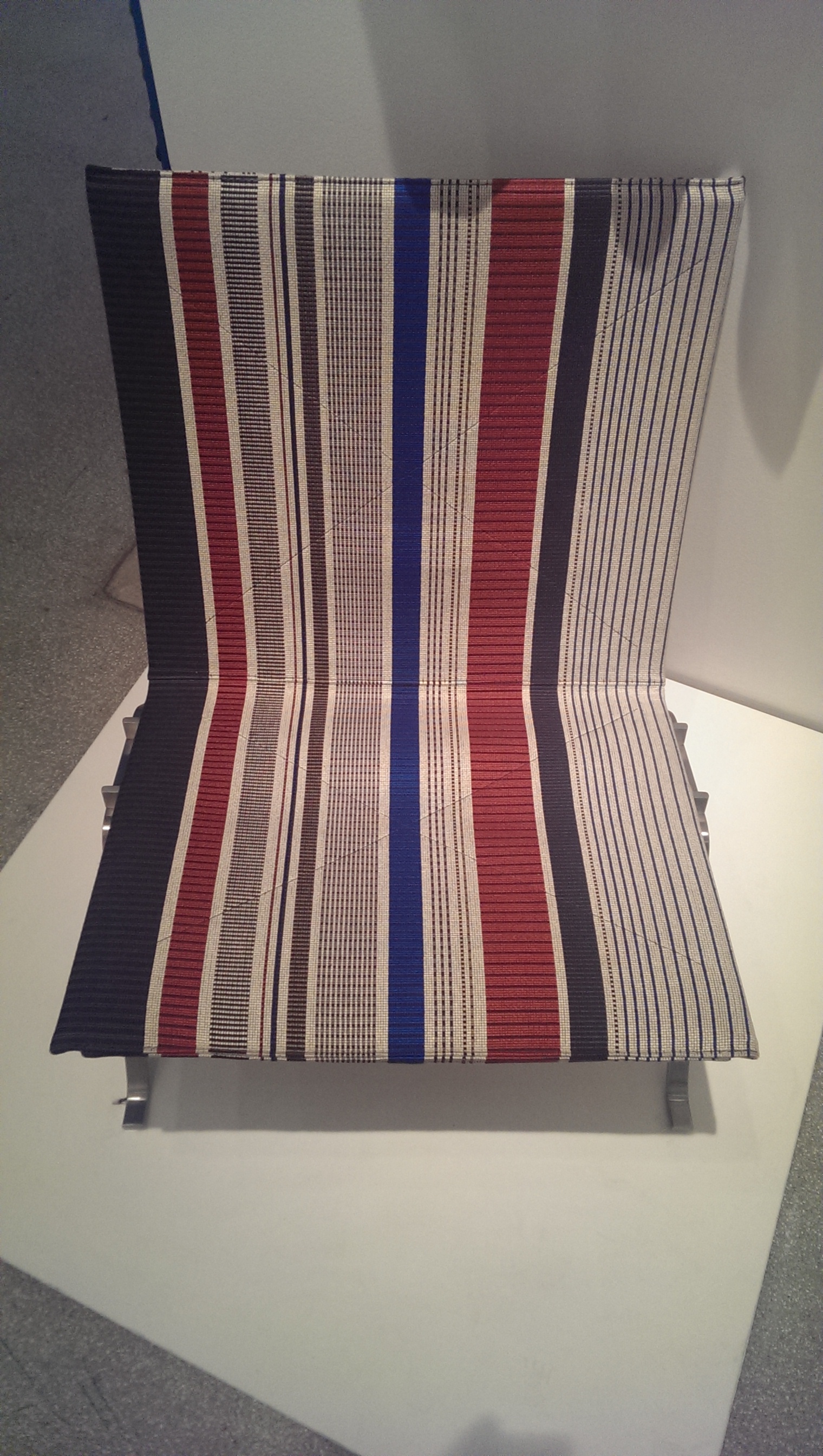Dreams.
Elusive little buggers, aren't they.
I've had a few. I'm sure you have too.
You can spend a lifetime wishing them to come true, without actually putting in the hard work, taking the risks or making the sacrifices… They just linger. Like the carrot you might never reach. Or the dark shadow you can't shake off.
Then there's the Christmas year-end. For many a valuable time to reflect on all that's been achieved and experienced over the past 365 days. For others, it's a disconcerting glance at everyone's best-of lists, where each is just that little bit longer than the next. In the age of social networks and the 'look at me' culture it's easy to feel dissatisfied with your own return, particularly if you like to dream. If that's you, then what's the answer?
I may have found mine on a recent trip to the Design Museum, one of the first museums I ever visited in London. It has always raised important questions for me, and even provided an answer or two. On this occasion it got me thinking about dreams and what it takes to get out of them. Two things that spring to mind – seemingly opposed but not so – are imagination and hard work. Sir Paul Smith, the subject of a major exhibition at Shad Thames, is the freewheeling embodiment of these traits.
Sir Paul launched his fashion empire aged just 24, from a 12ft x 12ft store on Byard Lane in Nottingham – our starting point for this exhibition in fact. Forty-three years later he now presides over a business worth an estimated £330m, with stores in more than 73 countries. He's big in Japan … and just about everywhere else. And yet fashion wasn't even his dream. He wanted to be a professional cyclist but a serious crash when he was 18 put paid to that. Instead, one fallen dream gave birth to something new: specifically, a pub reunion with friends he'd made in hospital became his introduction to the world of fashion.
Epitomised by his iconic stripe motifs and his signature logo, Sir Paul imbues every product with warmth, wit and character. A giant Post-it note in the exhibition says it all: "Every day is a new beginning." He speaks with wide-eyed enthusiasm about colour, and the need for everything he makes to have "a secret". Sir Paul has become the go-to designer for those seeking "classics with a twist."
A walk inside his mind – a hall littered with photographs, paintings and doodles – reveals a man that never stops travelling and bonding. The reconstruction of his fabled Floral St attic office is a treasure chest of curios – many of them donated by adoring fans. It's the playpen of the Peter Pan of fashion, whose world is always full of childlike wonder. The Paul Smith Instagram feed, which he handles personally, is a giddying and eternally optimistic assortment of inspirations: toys, skies, bikes, ceilings, socks, signs…
And people. Anyone that has met or worked with Sir Paul speaks with the kind of affection usually reserved for a beloved uncle. Of course he's a savvy businessman, with an eye for detail and an ear to the street. But it's his personal touch, which spans the world across countless stores and objects – from suits to seats, from HP sauce bottles to water bottles – that makes the difference. Many think of Sir Paul as their eccentric yet down-to-earth tailor round the corner. The everyman with an eye for the flamboyant. That's some feat. In any business, not just the creative industry. That takes hard work: hours of meetings, being generous with your time and your soul. Imagination will only get you so far.



But back to the subject of dreams. In the shack-like first shop, opposite a touching thank you to his designer wife Pauline, there is a note from Sir Paul about how he got started. Initially, the shop was only open on Friday and Saturday – just him and manager Homer, his Afghan hound. The rest of the week he was doing anything to earn some money. The next line stuck with me:
"It is important to have a dream but also to be able to support that dream."
That word "support" was obviously meant in the monetary sense but, equally, Sir Paul was talking about patience. Steady progress. Doing whatever you can to take that first step on the path, even if the destination is unclear and you don't know "what success looks like in 5-10 years" or any of that nonsense. "Great jobs and bad jobs," as he puts it.
That could be a new job, a course, a book or even a conversation with someone who's been there and done it.
So there you have it. The next time you feel rudderless, disillusioned, think PS.
Happy New Year.
'Hello My Name Is Paul Smith' runs until 9 March.




